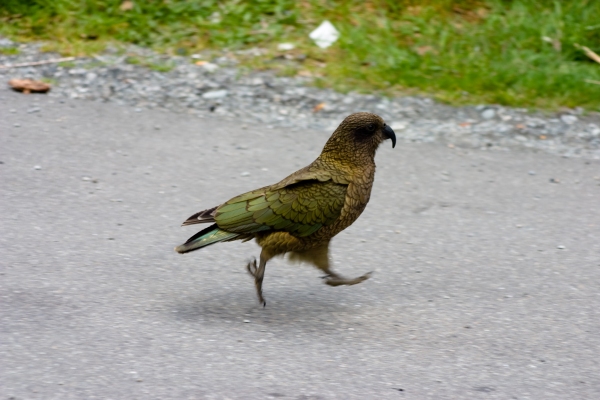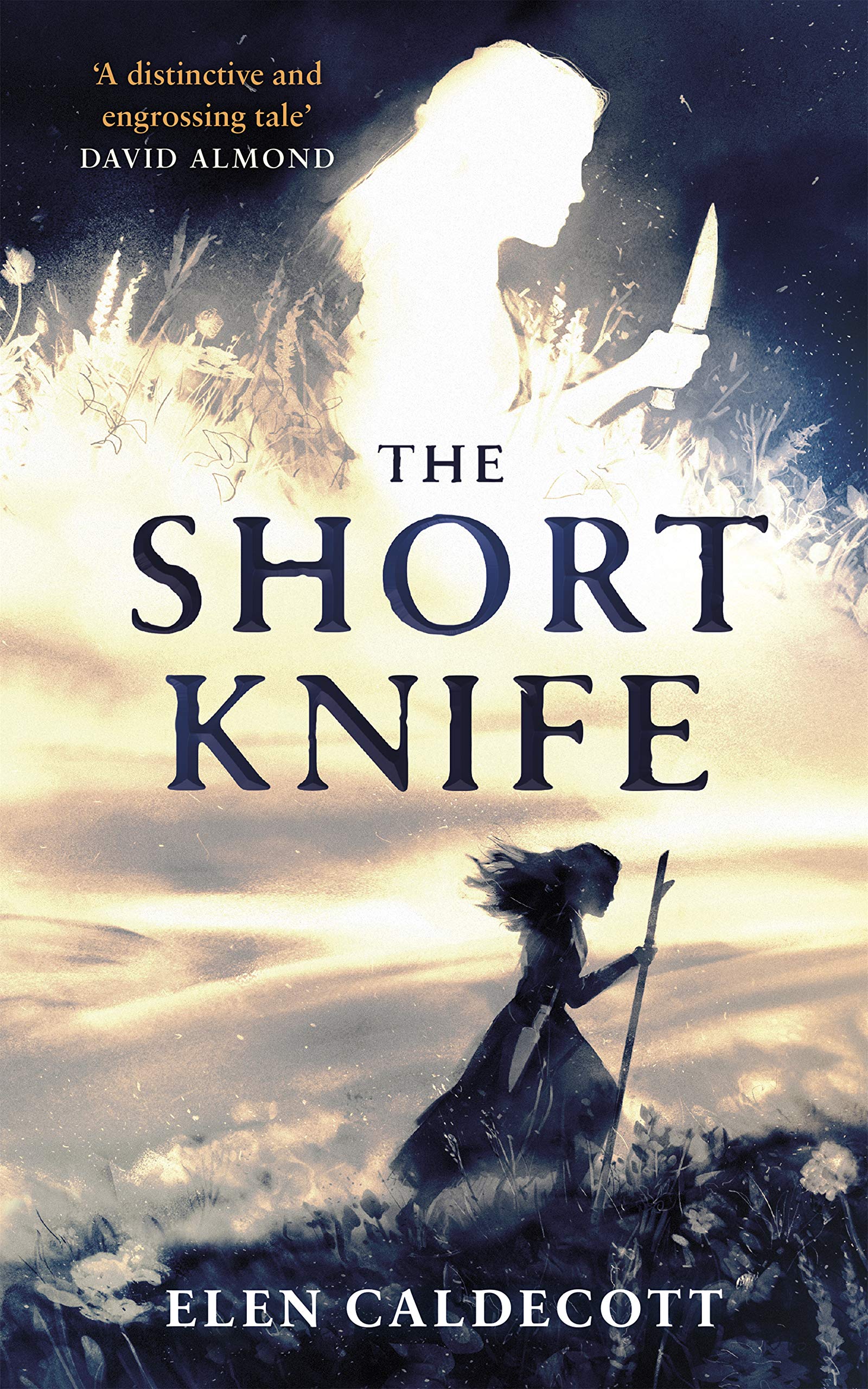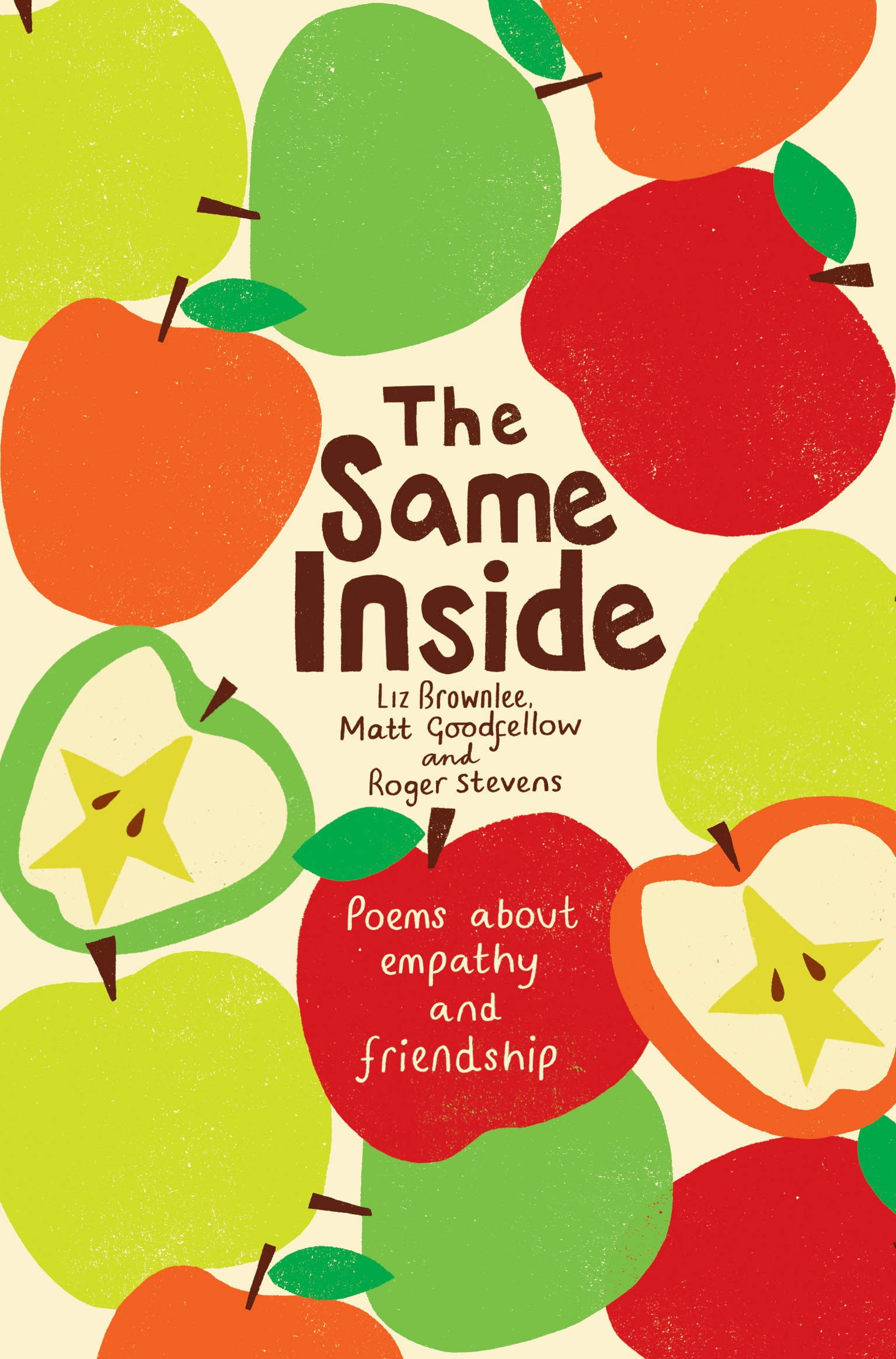K is for Kea
This photo of the very beautiful kea parrot is by Sid Mosdell, on Flikr.
Kea parrots are endemic to the south island of New Zealand, where they live in the mountains. They are quite big birds, as large as a small cat, which helps with insulating them for this habitat. They are the world’s only alpine parrot.
Their natural diet comprises over 200 different types of insect and vegetation – flowers, roots, insects, nectar and fruit.
They are estimated by scientists to be as clever as a 4 year old child – and like any clever being, they are intensely curious.
Visitors to the mountains are subject to the keas’ investigations (and destruction) of anything they happen to have with them. Keas take apart cars, rip through tyres, remove rubber seals so windows drop out, all using their strong beaks.
This great action picture of a kea sampling a car part by Andrea Schaffer on Flikr, also shows its beautiful underwing colours.
In skiing resorts they sample the food humans eat – chips, beer, tea, everything is tried, especially if it has a high fat content.
Residents of New Zealand’s snowy Southern Alps have their work cut out trying to kea-proof their homes, aerials, satellite dishes, gardens, cars and bins from these parrots. They are protected as they are so endangered, so any action taken has to be careful not to harm the birds. These parrots soon learn how to remove catches and weights from refuse bins to access food inside!
Scientists from all over the world have flocked themselves to New Zealand to study these extraordinarily clever birds – let’s hope they find a way of keeping them safe from the introduced predators, stoats and possums, that enter the keas’ nest burrows and kill chicks.
Keas also face problems from lead – nails and flashing, which they can swallow and be poisoned by in their explorations, illicit wildlife trade (being caught to be used as pets), being accidentally poisoned by the poisons laid down for the predators, and accidents involving cars, lawn-mowers and other human devices.
Here is a final picture by Aidan on Flikr of this cheeky bird, so full of character!
Lastly, here is my kea poem – a fun poem for a fun bird:
.
The Kea
.
The cheekiest parrots I hear,
is the mountains of New Zealand’s kea –
destroys all it spies
this clown from the skies
and is smarter than all of its peers.
.
© Liz Brownlee
.
If you would like to blog hop to another A-Z Challenge, please click on the logo in the right-hand column!
.
Information from:
New Zealand Gvt. Department of Conservation.
Top image by Sid Mosdell on Flikr by Creative Commons License.
Middle image by Andrea Schaffer on Flikr by Creative Commons License.
Bottom image by Aidan on Flikr by Creative Commons License.
Poem © Liz Brownlee,
Prose and Poem © Liz Brownlee, all rights reserved, not to be used in any manner whatsoever without the permission of the author.
- Posted in: A-Z Blog Challenge 2016 ♦ Animal Magic - the book ♦ Animals ♦ Poems ♦ Sustainability
- Tagged: animals, birds,, Kea, nature, New Zealand, poems, poetry, sustainability, wildlife




























so what purpose do they serve, you think? getting rid of vermin?
LikeLike
Interesting question – as a human I don’t think humans have a purpose specifically but our position in life adds to the enrichment of those around us. Every species holds a significant role in enriching if you like but more specifically filling the niche that is needed to sustain every other species in the circle of life it occupies. Keas are in a somewhat unique position, they have adapted and survived two ice ages and as the only top predator in that area (there are no indigenous mammals) they fulfil the role of scavenger – they clean up the carcasses of other species after they have died. This is an important role in the circle of life. When humans brought in sheep they scavenged the carcasses. Because they were so intelligent, they then realised they could just eat from a live sheep, since they have no defence mechanism, and do occasionally attack sheep. But they bring in loads of tourists to an otherwise out-of-the-way-although-stunning-area and add hugely to the economy of south New Zealand. They do eat small vermin – remember vermin are only so in our eyes.
LikeLike
You are so clever with your poetry. I love learning about all these exotic species.
LikeLike
Thanks, Lori, that was a fun poem to write.
LikeLike
Fun post! I’m hoping to get to New Zealand and hope to see a kea in person.
LikeLike
Thank you! And – you lucky thing!
LikeLike
The kea is an extraordinary and pretty little bird.
LikeLike
Isn’t it? You have to be wary though – apparently one stole the passport of a Scottish man not so long ago…
LikeLike
Oh, I almost chose Kea as my K word too! They are such fantastic birds and we had a brilliant close encounter with two of them when we were touring the southern island. I’m saving that story for another day! Your poem is perfect, Liz.
Susan A Eames from
Travel, Fiction and Photos
LikeLike
Oooh, I’ll look forward to reading that! Thanks, Susan. I’ll be in to see you later.
LikeLike
What a majestic looking bird. 🙂
thanks for visiting my blog.
Seena
#AtoZChallenge – K is for Kicks
LikeLike
Hello, Senna, it’s gorgeous, isn’t it? Thanks for returning the visit!
LikeLike
I love that salmon pink flash under its wing – it must be lovely in flght. Perhaps lovelier than when destroying your car!
LikeLike
…or stealing your passport! 🙂
LikeLike
Thanks for sharing. I’m not a fan of birds–not since the Hitchcock movie, but this was interesting. https://mhsusannematthews.wordpress.com/
LikeLiked by 1 person
Hah! Yes! That movie is somewhat scary!
LikeLiked by 1 person
I had the privilege of spending some time in New Zealand in the late 90s and early 2000s. I love, love, love NZ. I also spent some time living and working in Australia. The birds were the first thing I noticed when I arrived. They are so extraordinarily beautiful down under–unlike anything we have in the states.
LikeLike
Oooh, I’d love to go to New Zealand!
LikeLike
Interesting birds! Love the beautiful wings. Thanks for stopping by my little blog! I’m having a blast learning all this new stuff!
LikeLiked by 1 person
I thoroughly enjoy the belongings too!
LikeLike
Well I was very wrong in my guess and love this bird! This bird is great and I hope this bird thrives. He is cheeky and I love that last picture
LikeLike
I do, too, Birgit, he has a real swagger doesn’t he!
LikeLike
What a clever and destructive bird! They are pretty cute though as well so they have that going for them!
LikeLike
It’s true, and they have suffered from people thinking they are cute enough to capture for a pet, sadly.
LikeLiked by 1 person
Absolutely amazing species in desperate need of protection. Beautiful blog.
LikeLike
Thank you, CJ.
LikeLike